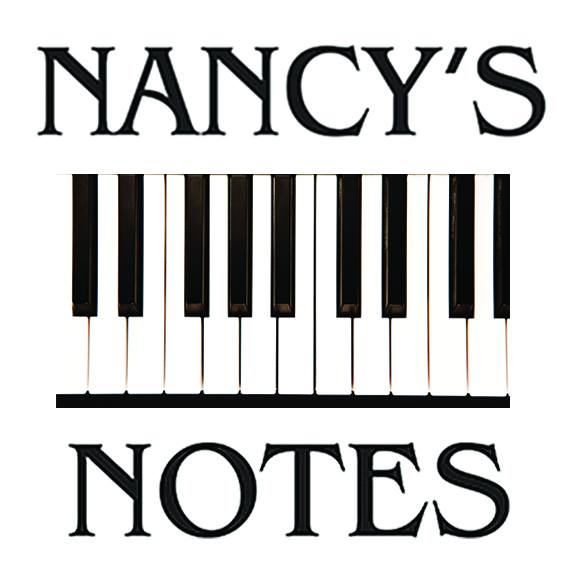An American Tradition: The County Fair
It’s that most wonderful time of the year! As late summer rolls around, kids and their parents make lists of everything each child will need to start school. But before school starts, here in Rooks County, kids of all ages look forward to FAIR TIME! Did you know that the concept of a fair started with just one man?
The first U.S. county fair was held in Pittsfield, Massachusetts in 1807, and it was basically just a sheep shearing demonstration and contest. Sheep farmer Elkanah Watson simply wanted to promote better farming practices, and he invited some area farmers to come to the demonstration. But due to the success of his first events, he began developing agricultural fairs that included contests and activities for the whole family.
Just as our county fairs are largely about animals, a little friendly competition in those early years of the 1800s became wildly popular with the agricultural community in Massachusetts.
Like many words in the English language, the word “fair” can be traced back to Latin roots. Most likely taken from the Latin word “feria,” which means “holy day,” the earliest fairs were days marked for leisure and religious celebration. Beginning with the Roman Empire, the feriae were a series of religious days that were acknowledged and funded by the government, and often consisted of games, competitions, and other festivities. These fairs combined the historic festivities with temporary markets, and were often tied in with a Christian religious day, such as a Saint’s Feast Day, and held at local parishes. The combination of commerce, religion, and festivities became the hallmark of Medieval fairs, which remained popular for several centuries.
In the U.S., agricultural fairs did not begin to catch on until the early 19th century, when Watson invited some area farmers to sheep shearing demonstrations. After that successful day for farmers, Watson began urging other farmers to showcase their livestock at public gatherings, where they were then judged and awarded for the quality of their animals. But his vision was larger than just farmers showing off their animals. Over the years, games and activities for women and children were also added, and merchants could sell goods at the event.
Watson’s ideas spread quickly, and many small rural communities began holding their own versions of fairs in the Northeast and Midwest, so that by the mid 19th century, the fairs had gained so much popularity that the state of New York was the first to organize a State Fair in Syracuse, N.Y., in 1841. That first American State Fair was held for two days in September, focusing on educating attendees about agriculture. But it wasn’t only the farmers who were being educated. New York’s fair also featured samples and products for both farms and homes, mixing agricultural education and commerce that would come to define American fairs. Interestingly, the New York State Fair is still one of the most popular events in the country, lasting nearly two weeks and ends on Labor Day.
Those early fairs, of course, were so popular that it soon became the place to introduce technology, such as electricity and airplanes. For families that lived far from the city, the annual fair was a time for seeing new inventions of modern science. And then entertainment acts were introduced with music performances taking center stage, and carnival rides, vaudeville entertainers and other general amusements became the standard for an exciting fair.
Since Elkanah Watson’s first small sheep-shearing fair began in the early 1800s, fairs continue and just keep getting bigger and better. There are approximately 2,000 county and state fairs nationwide, but I would give a Grand Champion purple ribbon to the Rooks County Free Fair, which is known widely for being one of the best county fairs in Kansas.
See you there, at the Rooks County Fair!!



